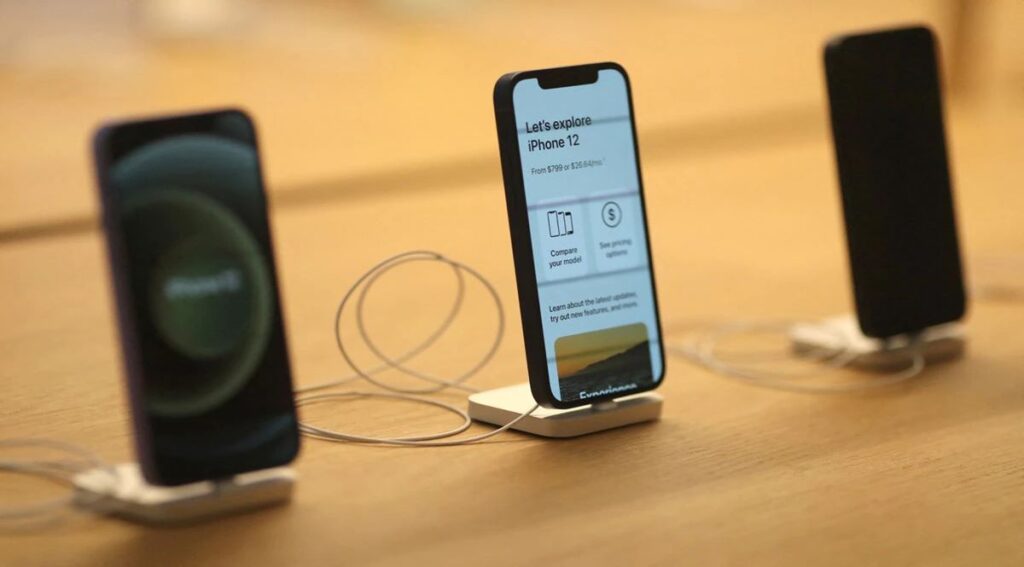Recently the European Parliament passed a resolution mandating the use of USB-C as a common charging port by 2024. All smartphones, cameras, and tablets sold in the European Union must include a USB-C charging port end of 2024. The new rules will also be applicable to laptops starting 2026, providing manufacturers more time to adapt.

The new rule is a component of a larger EU initiative to minimise e-waste and give consumers more ability to make environmentally friendly decisions.
The new regulations will allow consumers to use a common charger for a wide variety of medium and small portable electronic gadgets, eliminating the need for a different charger each time they buy a new device. The new directive was supported by 602 members of the European Parliament.
The USB-C ports used by Android-based gadgets are soon to become the norm across the 27-nation bloc Apple continues to offer its exclusive Lightning connector on the iPhones, AirPods, as well as other devices. As a result of the new regulation Apple will have to migrate to USB-C charging point by the end of 2024.
The reform, the first of its sort anywhere in the world, was voted by a resounding margin in the European Parliament on Tuesday. The move may boost the EU’s position as a leader in setting international standards for telecommunications. This “common port” restriction will affect Apple specifically because a significant chunk of Apple’s devices utilize the Lightning connector instead of USB-C.
MEPs claim that the modification will reduce electronic waste, enhance product sustainability, and enhance the usability of numerous products. .According to Executive Vice President Margrethe Vestager, the move will reduce environmental waste and save customers approximately $247 million a year by eliminating the need to purchase a new charger for each device.
In 2018, the European Commission attempted to find a permanent solution to this issue, however it was not effective in becoming law. Apple said at the time that mandating a standard charging port would hinder innovation and result in electronic waste because customers would be compelled to purchase new cables. Last year, the EU’s continued its efforts, with the European Commission leading the development of a revised version of the directive.
The Internal Market and Consumer Protection Committee backed the guideline in April with a vote of 43 in favour to 2 against. In June, the directive was introduced in the European Parliament. Bloomberg reported in May that Apple is testing upcoming iPhone models that swap out the exclusive Lightning charging port for the more common USB-C connector. USB-C charging ports are already present in the iPad Pro models and Apple laptops.
All new smartphones, tablets, digital cameras, headphones, headsets, portable speakers, handheld game consoles, e-readers, keypads, portable navigation systems, earbuds, and laptops that can be charged via a wired cable and operate with a power delivery of up to 100 Watts must have a USB Type-C port, regardless of the manufacturer.
Users will be able to charge their smartphones at the same pace with any suitable charger since all devices that enable rapid charging will now offer the same charging speed.
The new directive is expected to have the most effect on Apple’s iPhone. Apple has firmly remained with Lightning Connector it first debuted with the iPhone 5 back in 2012. The majority of the smartphone market has progressively focused on USB-C as a singular, standardised wired charging interface. Legislation from the EU may finally compel Apple change its charging port.

I am a law graduate from NLU Lucknow. I have a flair for creative writing and hence in my free time work as a freelance content writer.